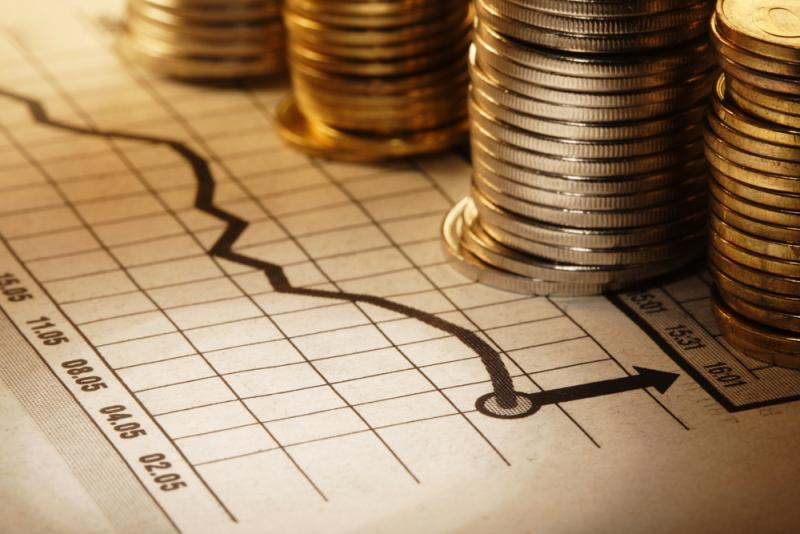
Much of the focus for markets in the latter half of last week was the economic turmoil in Turkey. This saw the country’s currency, the Turkish lira, lose a whopping 25% of its value against the US dollar over the course of the week.
Some may wonder what impact this has in the wider world – but of course it is that word that we became familiar with during the various financial crises over the years: contagion. With a significant portion of the country’s debts in foreign currencies, a plunging lira makes repaying these even more expensive, which goes some way to explaining why we saw a “risk-off” approach by investors towards the end of the week.
But the US dollar gains weren’t just confined to the battered lira. The search for a safe haven also pushed the dollar up against the pound (something that has been going on since April) but more notably against the euro. After spending the last three months trading in an uneventful and decidedly boring range, EUR/USD moved to its worst levels since July 2017.
It remains to be seen whether this is a real sea-change in sentiment that ends up having more medium-term shock waves, or just a short-term blip. As the week has started investors certainly don’t yet have the appetite for more risk with the pound and the euro both slightly weaker against the dollar. Foreign exchange markets are likely to be at the forefront of traders’ minds as the week goes on, with UK inflation data out on this morning and Europe revealing its latest numbers on Friday.
After the US dollar experienced its largest 12 month fall in 2017 in 14 years, it has certainly come back with a vengeance over recent months. Given that the memories of the far-reaching effects of the Greek crisis have not been forgotten, do not be surprised if we see cautious trading and further US dollar strength in the days ahead as investors decide that it is better to be safe and late to any recovery – rather than be too early and very wrong.
This is an article provided by our partners’ network. It might not necessarily reflect the views or opinions of our editorial team and management.
Tradersdna is a leading digital and social media platform for traders and investors. Tradersdna offers premiere resources for trading and investing education, digital resources for personal finance, market analysis and free trading guides. More about TradersDNA Features: What Does It Take to Become an Aggressive Trader? | Everything You Need to Know About White Label Trading Software | Advantages of Automated Forex Trading








